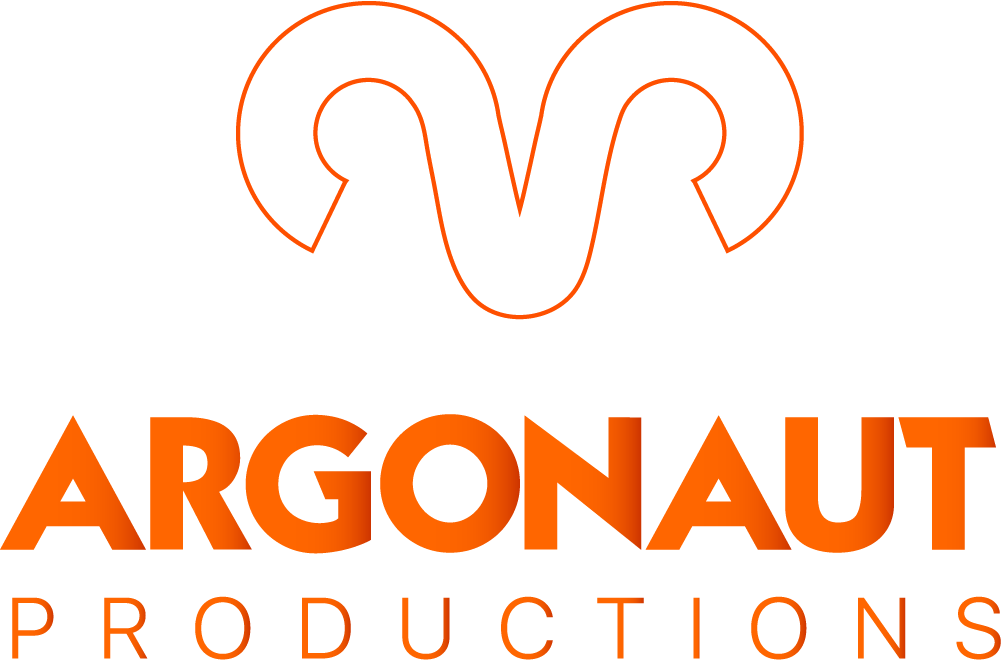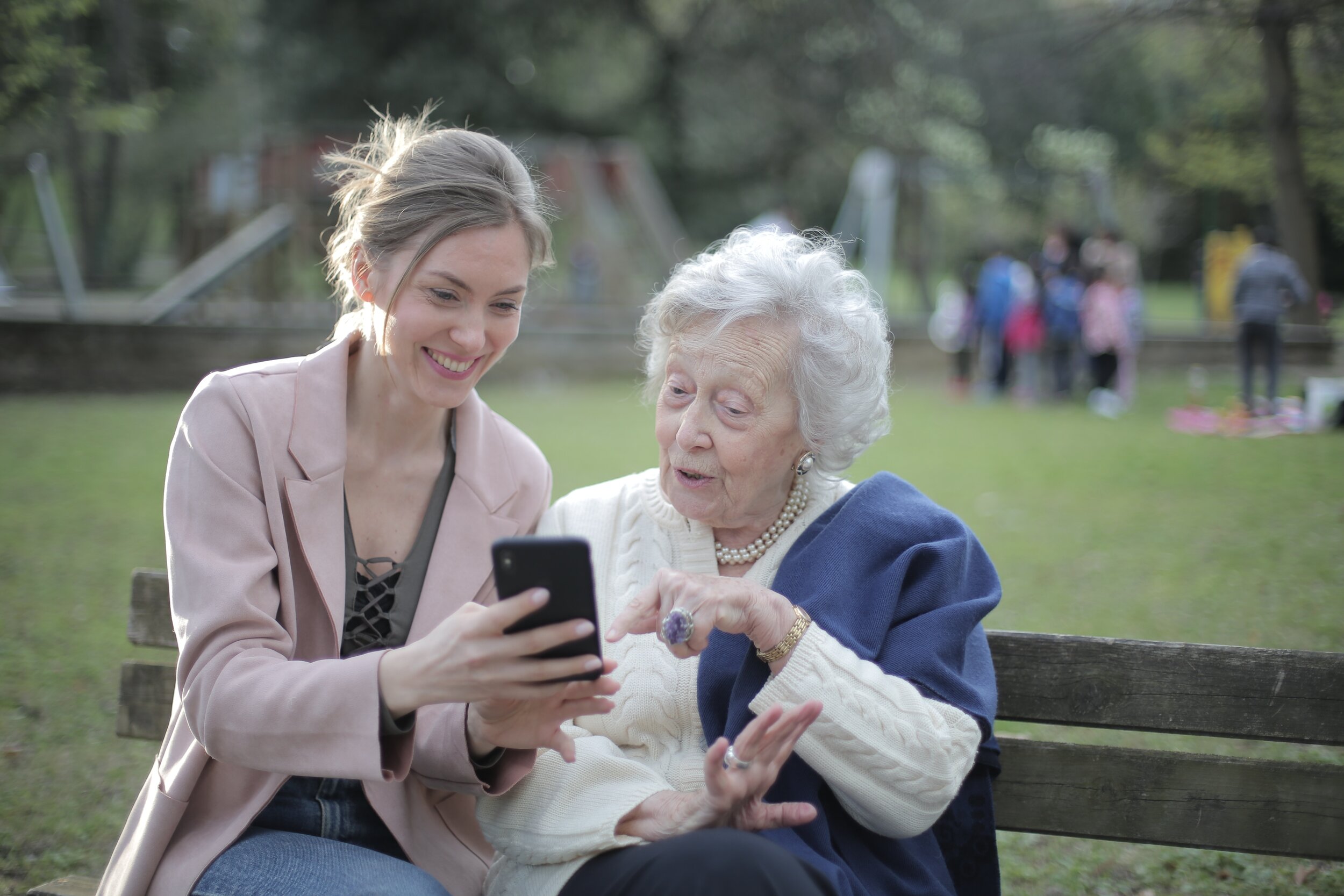Visual Storytelling for Mission-Driven Marketing
Visual Storytelling For Mission-Driven Marketing
You’re probably used to hearing the term “mission-driven marketing”. It’s been around since the late 90s. Even though it grew out of the world of nonprofits and NGOs, being mission-driven has been embraced by organizations of all sizes and types. If your organization has a mission-driven philosophy, you might be wondering how to shape your marketing message around that commitment.
Your organization’s mission statement focuses attention on your purpose, aim, and goals. These elements are the WHY that drives WHAT you do and HOW you do it.
Mission-driven marketing puts those elements at the center of your organization’s messaging. Storytelling works well for mission-driven marketing because it connects the WHO to the WHY.
Mission-driven marketing comes naturally for mission-driven organizations. Chances are good that your organization has a mission statement. But does your team use it to guide decisions about programs or products? Do you make it the foundation of the messages that you use in your marketing? Being mission-driven is more than a campaign tactic or a strategic goal—It’s a philosophy.
What Is Mission-Driven Marketing?
It’s hard to pin down the exact moment when mission-driven marketing was born, but there are important moments in the development of the idea that are worth pointing out. In 1998, Rebecca Leet wrote a white paper called Marketing for Mission for the National Center for Nonprofit Boards. Leet and others helped to steer a shift in marketing strategy within the nonprofit world.
A decade later, Simon Sinek delivered what has been one of the most impactful TED talks of all time. Sinek’s “Start With Why” doesn’t deal with marketing strategy or tactics. Sinek points out the difference that a shift in philosophy can make in the results you get from your efforts. His talk urges leaders to rethink how they communicate.
There’s a lot of room for diversity and differences in the spaces between philosophy, strategy, and specific marketing tactics. What a mission-driven organization can look like is as varied as the organizations and the missions that have embraced this approach. Still, at a basic level, all mission-driven organizations will have three things in common.
· In a mission-driven organization, every member of the team knows and understands the mission and vision. They know how to apply them in the work that they do.
· Mission-driven organizations put the mission at the center of their decision-making processes.
· Mission-driven organizations make stakeholders the focus of the stories they tell.
Defining “Mission-Driven”
Everyone who wants their organization to grow and thrive thinks about marketing. That’s true of both for-profit and non-profit organizations. But unless you’re a full-time marketing professional, you probably don’t worry too much about all of the different terms and concepts that have been coined to describe the work that gets done. At the end of the day, you just want to see results.
How to define mission-driven marketing might seem trivial—but we think it’s important to pin down how it differs from other marketing concepts. That’s because being mission-driven focuses on philosophy first while other marketing ideas focus on what to do and how to do it.
Corporate social responsibility (CSR), corporate giving, and cause marketing are all things that a mission-driven organization can do—but you don’t have to be mission-driven to do any of them.
Mission-driven organizations can’t ignore market factors but they do find a way to stay true to their mission while they do what they do. This embrace of core values establishes a firm foundation for marketing messages.
The History of Mission-Driven Marketing
Like most things related to marketing, you can tell the story of mission-driven marketing through examples of the hits and misses that it has been responsible for. Mission-driven marketing has been featured in college courses and a topic at marketing conferences for more than a decade. But that doesn’t mean it’s so well-understood that it can’t go wrong.
One example of mission-driven marketing that got a lot of attention back in 2010 highlights many of the things that can go wrong. In 2010, Susan G. Komen partnered with KFC on a campaign called “Buckets for the Cure”. Nancy E. Schwartz broke down what went wrong and the lasting impact of the misstep on the Getting Attention blog.
Yet, for every example of mission-driven marketing that went off the rails, there are dozens of examples of organizations getting it right. Companies like Ben & Jerry’s, nonprofits like Charity: Water, and individuals like Greta Thunberg demonstrate the power that comes from putting the WHY before the WHAT and the HOW.
How to Get Mission-Driven Marketing Right
The folks at Spacious have put together a helpful 5-step process to make sure your mission-driven marketing campaign puts its best foot forward.
1. Tell A Story: The first test that mission-driven marketing has to pass is authenticity. As the folks at Spacious put it, “nobody likes a fraud”. How you tell your story, where you put the focus, and how you reach out to your audience are all key to establishing your organization as one that deserves your supporters’ faith and loyalty.
2. Connect with People who Align with your Mission: Mission-driven marketing connects you with audiences who share your values. Figuring out where you can find them on the web, social media, and in real life is essential to plotting the course of your campaign.
3. Measure Quality Over Quantity: Some of your marketing numbers will tell you how big your audience is. Other numbers help you understand what your audience does. Views are great, but shares, click-throughs, sign-ups, donations, and other actions that actually move the needle matter more.
4. Choose Your Friends Wisely: We mentioned the Komen/KFC example earlier. In mission-driven marketing, it’s important to choose partners and pals that share your priorities and reinforce your commitments.
5. Make Sure You’re in it for the Long-Haul: We already talked about the “authenticity” test. One way to prove and demonstrate authenticity is through consistency. The commitments you make in your organization’s mission are long-term goals. If your marketing chases every trending hashtag on Twitter, audiences will notice.
The Benefits of Mission-Driven Marketing
So, there are no guarantees with mission-driven marketing and nobody is promising you that it will be easy. But when you start from the right place and pursue the right priorities you can put yourself in a position to take advantage of what mission-driven marketing has to offer. When you do, the benefits will make all the work seem worth it.
Dan S. Kennedy tells us that affluent buyers and supporters respond positively to mission-driven marketing when it’s properly done. It can help a business increase profits and attract new clients. It can help any organization increase loyalty, strengthen awareness, and build a positive image. It helps to attract and retain quality team members and gets attention from potential investors.
Kennedy states that the way to ensure similar results for your mission-driven marketing program is to start with a mission that you believe in and share your story as often as possible. He goes on to describe the importance of planning and partnerships to a program that exceeds your expectations.
Why Visual Storytelling Works So Well For Mission-Driven Marketing
We’ve seen the role of stories make it into the conversation from experts like Spacious and Dan S. Kennedy. But anybody working on marketing in 2021 knows that there are as many ways to tell a story as there are stories to tell. So, what’s the best way to get that ball rolling? To answer that, we go back to Simon Sinek.
One of the central elements of Sinek’s talk is the idea of “The Golden Circle”. He draws three concentric circles and puts WHY in the center with HOW and WHAT at the periphery. Then he goes on to describe how his circles parallel the human brain. The outer band of WHAT corresponds to the neocortex of the human brain while the WHY circle aligns with the emotional elements of the limbic brain.
Simon Sinek’s
Golden Circle
When You Start With Why
You Connect on an Emotional Level
Sinek tells us that starting with why works because of how the brain works. In a recent blog post, we looked at the philosophy and neuroscience of visual storytelling. When you put the two together you get better results. That’s because you’re telling the right story the right way to the right audience.
Visual Storytelling By the Numbers
Hubspot and Wyzowl got together to break down what video marketers need to know in 2021. Their report contains numerous insights that will grab attention from marketing pros.
86% of businesses use video as a marketing tool and of those that do, 93% consider it an important part of their strategy.
87% of video marketers report a positive ROI from video. That number has increased by more than 50% since 2015.
78% of those surveyed reported that video marketing had improved their company’s bottom line.
The report goes on to say that with so many companies using video as a tool, oversaturation will likely be the biggest challenge for video marketers to overcome. They conclude that this will increase the importance of quality video content moving forward.
WHO-WHERE-WHEN: Mission-Driven Stories for Social Media and More
We’ve talked about “Using Digital Storytelling for Non-Profit Social Media” before. All of that advice applies to your mission-driven marketing campaigns, but getting the tenor and tone right means factoring in the specifics we’ve talked about here.
We think it’s important to focus on what kind of stories to tell and where you’re going to tell them. As we mentioned earlier, figuring out where you’ll find audiences that share your values is a key to getting results from mission-driven marketing. Once you know where to find them, you’ve got to tailor your stories to them and to the channels where you hope to connect.
The Social Media Examiner identifies 5 types of story that work particularly well for social media:
1. Origin Story: The story of how your organization came to be is a great opportunity to focus an audience’s attention on the WHY behind the WHAT and the HOW.
2. Aspirations: These kinds of stories go straight to the heart of your mission. What are you working toward and why does it matter so much to your team? Why should it matter to your customers, donors, or volunteers?
3. Educational and Instructional Content: If your mission is making a difference then you should jump at the chance to explain what you do and how you do it. When you connect that information back to the WHY that drives you, it resonates with your audience.
4. Illustrate Your Process: If it would be hard for someone to understand how their donation or purchase causes a ripple that will ultimately result in real impact, you should walk them through the process so they understand it clearly.
5. Highlight Customer Stories: We already talked about how keeping stakeholders at the core of the stories you tell is one of the hallmarks of a mission-driven organization. But it bears repeating.
What It Looks Like When You Get It Right
Hopefully, by now we’ve convinced you to take a closer look at mission-driven marketing. We’ve talked about how it works and why. We’ve pointed out how it can go wrong and what to watch for along the way to getting it right.
All that’s left to do is look at some examples of how other organizations have made it work for them.
Ben & Jerry’s Ice Cream
There’s a simple reason why Ben & Jerry’s comes up in every conversation about mission-driven marketing: They’re Really Good at It!
In “Our Social Mission” Ben & Jerry’s shows us exactly what an aspirations story should look like. They tell the story from the perspectives of stakeholders at every level of the organization. They focus on the WHY even as they explain the HOW of their process. They show us why partners like Phis, Steven Colbert, and Jerry Garcia are happy to be associated with their brand.
Being committed to their mission has allowed Ben & Jerry’s to wade into controversial conversations and take a stand for what they believe in. Their mission is so central to what they do and how they do it that many people think of their WHY before they think about a pint of ice cream.
Charity: Water
We’ve always been big fans of Charity: Water. They’re not just a great story to tell and a mission worth caring about. They’re proof-positive that how you tell the story matters and that great storytelling makes a big impact.
In “The Spring”, Charity: Water provides an excellent example of an origin story. But they don’t stop there. They prove that a compelling story can hold people’s attention for more than a minute or two. They educate viewers on the scope of the problem. They explain their process. They highlight the stories of stakeholders from all over the world.
Susan G. Komen
We always feel bad when we use somebody as an example of what not to do. So, we felt obligated to make sure that we mentioned one of the times when Susan G. Komen got it right. It’s no secret that they’ve been a lightning rod for critics in recent years. But they wouldn’t be where they are if they hadn’t gotten it right more often than not.
“True Heroes” is a great example of highlighting stakeholder stories. While cause-marketing partnerships can be difficult to explain to your audience and complex projects like cancer research can be challenging to explain—the impact of their work becomes clear in the stories of the survivors and their loved ones who walked in the event.
Hope From Harrison
We probably should worry about “tooting our own horn”. But when it involves a chance to talk up the work that Hope From Harrison does, we’re not too worried about it. “Hopefest” is a video that weaves an origin story into an explanation of the process. It incorporates the stories of the event’s stakeholders as well.
This video proves that you don’t have to be a national name like Charity: Water or Susan G. Komen to get mission-driven marketing right. When the stories you tell focus on your WHY and reach out to an audience that shares your values, you get better results.
Regenerative Medicine Training Institute
We’ve always been really proud of the work that we’ve done with RMTI. They’re a great example of what happens when an organization is willing to make the shift from a focus on WHAT they do to a message that emphasizes WHY.
When RMTI approached us about working on a video project, they were looking for ways to increase attendance at their training seminars. As we worked through the discovery process, we helped them rediscover their core values. That allowed us to design a story that put those values at the center of their message. The result was a video that could amplify their message and deliver beyond expectations.
Even when you want a video to educate and instruct about a process as complex as regenerative medicine, you can find a way to put the WHY at the center of everything. When you do, the results speak for themselves.
Are You Ready To Tap Into The Power of Visual Storytelling In Your Mission-Driven Marketing?
If you are, the team here at Argonaut Productions is ready to give you a hand with whatever you need. Our discovery sessions help you see your story from a fresh perspective and let you rediscover what excites you about the work you do. Our design process makes sure things move smoothly from storyboarding to the final cut. We’re happy to help with delivery to make sure your video gets seen.
Every partnership starts with an initial consultation. If you’ve got a half-hour to invest in better video marketing, we’re excited to hear what we can do to help.














